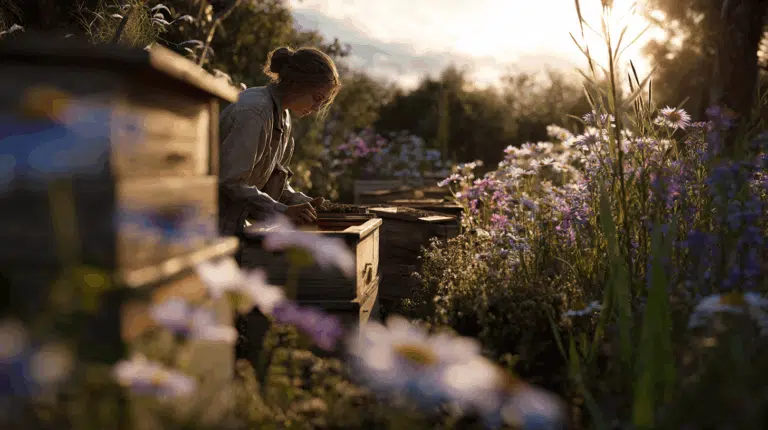Decorative, climbing plants with striking fruits in various colors and shapes. Perfect for decoration and in gardens, pergolas, or borders, they add an exotic and playful touch.
Discover unique varieties outside the familiar pumpkin families, such as Cucurbita pepo , C. maxima , and C. moschata . Perfect for those who love exotic, decorative, and diverse gardening.
Spacing & Spacing: Many of these plants are vining or spreading; provide plenty of space. The fruits can be quite large, and the plant structure requires room to grow.
Harvest & Use: Varietal dependent – some fruits are harvested young for flavor, others are allowed to ripen fully for storage or processing into jam/confectionery. Seeds can be roasted or used in dishes. Wikipedia +1
Unique
Climate & soil: Many of these varieties require warm, well-drained soil and a long growing season. Not ideal for cold nights or late spring without warming.
Sowing & Planting: Sow from late April, transplant after the last frost. Varieties like ficifolia tolerate brief light frosts once established, but thrive best in consistently warm weather.
Varieties: With us you will find decorative and culinary varieties that you will not find in every garden center boutique.
Detailed variety descriptions: Maturity time, fruit shape, uses (fresh, jam, fodder, ornamental), sowing tips, and growing conditions are clearly stated.
Genetic diversity & flavor: These varieties offer variety – in shape, color, flavor, and nutritional value – and enrich your garden and kitchen with something extraordinary.

This may be due to insufficient pollination. Cucurbita plants produce male flowers first, followed by female flowers.
Female flowers have a small, undeveloped fruit at the base of the flower. Male flowers have a long, thin stem.
Snails love young seedlings. Protect them with snail pellets, copper rings, or by growing them in pots.
Besides snails, aphids and spider mites can also cause problems. Good hygiene and regular inspections help keep pests under control.
The fruit is ripe when the stem is hard and dry, and the skin is firm and deep-colored. Test this by pressing the skin with a fingernail; it shouldn't dent.
Curing is the hardening of the skin after harvest. Place the fruits in the sun or in a warm, dry place for one to two weeks. This extends their shelf life.
Store the fruits in a cool, dry, and well-ventilated place. Depending on the variety, they can be stored for 6 months or longer.
White varieties sometimes discolor if not stored in the dark.